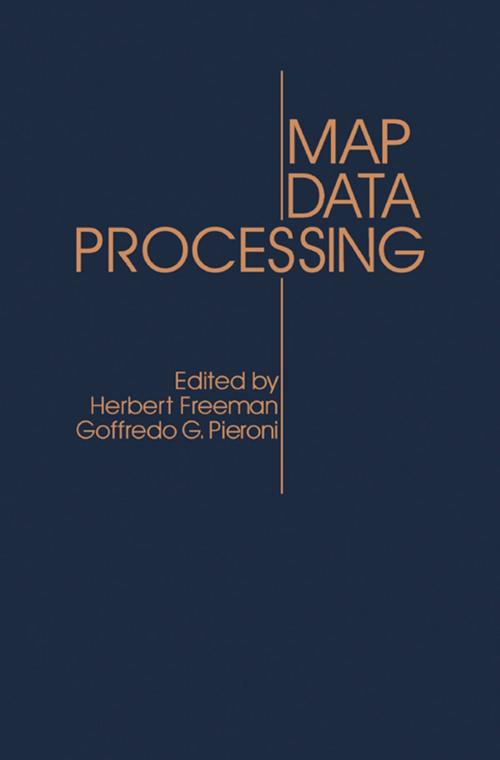Map Data Processing
Proceedings of a NATO Advanced Study Institute on Map Data Processing Held in Maratea, Italy, June 18–29, 1979
Nonfiction, Science & Nature, Technology, Cartography, Science, Earth Sciences, Geography| Author: | ISBN: | 9781483272153 | |
| Publisher: | Elsevier Science | Publication: | June 28, 2014 |
| Imprint: | Academic Press | Language: | English |
| Author: | |
| ISBN: | 9781483272153 |
| Publisher: | Elsevier Science |
| Publication: | June 28, 2014 |
| Imprint: | Academic Press |
| Language: | English |
Map Data Processing is a collection of papers from a NATO study on the same subject. This collection deals with the exchange of ideas and setting directions in research, particularly in pattern-recognition-, image-processing-, and computer-related issues. The papers discuss the usefulness of computer systems in geographical data processing, as well as the viability of scan digitization resulting from improvements in line thinning and vectorization. Automated spatial data integration can also be helpful in analyzing spatial data, data collection, capture methods, and data characteristics. Another paper addresses the application of the 8-point chain-encoded lineal map data to define more accurate algorithms found in many geographical and medical imagery. One paper considers how the same data used in monochromatic images can be realized for full colored, textured, realist terrain scenes. This book can be a valuable reference for workers involved in areas of geography, computer imaging, cartography, computer graphics, and remote sensing.
Map Data Processing is a collection of papers from a NATO study on the same subject. This collection deals with the exchange of ideas and setting directions in research, particularly in pattern-recognition-, image-processing-, and computer-related issues. The papers discuss the usefulness of computer systems in geographical data processing, as well as the viability of scan digitization resulting from improvements in line thinning and vectorization. Automated spatial data integration can also be helpful in analyzing spatial data, data collection, capture methods, and data characteristics. Another paper addresses the application of the 8-point chain-encoded lineal map data to define more accurate algorithms found in many geographical and medical imagery. One paper considers how the same data used in monochromatic images can be realized for full colored, textured, realist terrain scenes. This book can be a valuable reference for workers involved in areas of geography, computer imaging, cartography, computer graphics, and remote sensing.















